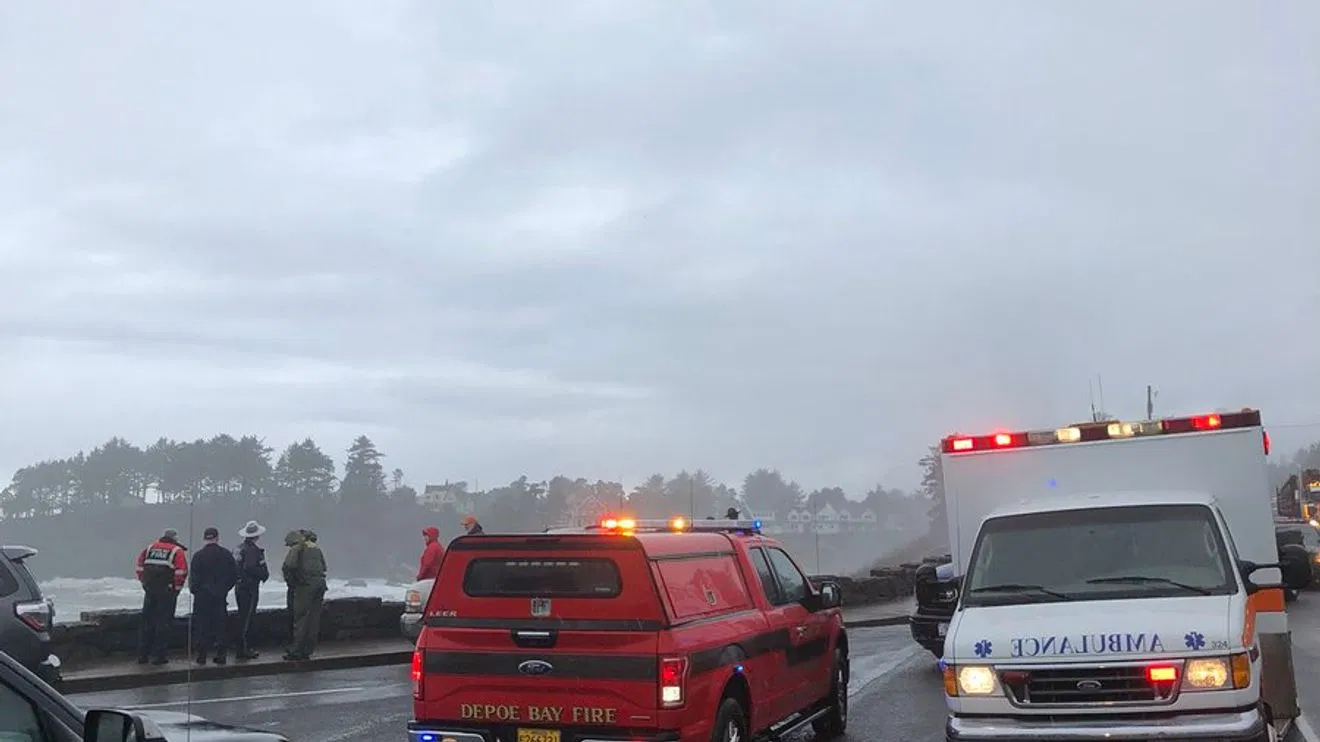New, complex call recorded in Mariana Trench believed to be from baleen whale:
A sound in the Mariana Trench notable for its complexity and wide frequency range likely represents the discovery of a new baleen whale call, according to the Oregon State University researchers who recorded and analyzed it. Scientists at OSU’s Hatfield Marine Science Center named it the “Western Pacific Biotwang.”
Lasting between 2.5 and 3.5 seconds, the five-part call includes deep moans at frequencies as low as 38 hertz and a metallic finale that pushes as high as 8,000 hertz. “It’s very distinct, with all these crazy parts,” said Sharon Nieukirk, senior faculty research assistant in marine bioacoustics at Oregon State. “The low-frequency moaning part is typical of baleen whales, and it’s that kind of twangy sound that makes it really unique. We don’t find many new baleen whale calls.”
Recorded via passive acoustic ocean gliders, which are instruments that can travel autonomously for months at a time and dive up to 1,000 meters, the Western Pacific Biotwang most closely resembles the so-called “Star Wars” sound produced by dwarf minke whales on the Great Barrier Reef off the northeast coast of Australia, researchers say. The Mariana Trench, the deepest known part of the Earth’s oceans, lies between Japan to the north and Australia to the south and features depths in excess of 36,000 feet.
Minke whales are baleen whales – meaning they feed by using baleen plates in their mouths to filter krill and small fish from seawater – and live in most oceans. They produce a collection of regionally specific calls, which in addition to the Star Wars call include “boings” in the North Pacific and low-frequency pulse trains in the Atlantic.
“We don’t really know that much about minke whale distribution at low latitudes,” said Nieukirk, lead author on the study whose results were recently published in the Journal of the Acoustical Society of America. “The species is the smallest of the baleen whales, doesn’t spend much time at the surface, has an inconspicuous blow, and often lives in areas where high seas make sighting difficult. But they call frequently, making them good candidates for acoustic studies.”
Nieukirk said the Western Pacific Biotwang has enough similarities to the Star Wars call – complex structure, frequency sweep and metallic conclusion – that it’s reasonable to think a minke whale is responsible for it. But scientists can’t yet be sure, and many other questions remain. For example, baleen whale calls are often related to mating and heard mainly during the winter, yet the Western Pacific Biotwang was recorded throughout the year.
“If it’s a mating call, why are we getting it year round? That’s a mystery,” said Nieukirk, part of the team at the Cooperative Institute for Marine Resources Studies, a partnership between OSU and the NOAA Pacific Marine Environmental Laboratory. “We need to determine how often the call occurs in summer versus winter, and how widely this call is really distributed.”
The call is tricky to find when combing through recorded sound data, Nieukirk explains, because of its huge frequency range. Typically acoustic scientists zero in on narrower frequency ranges when analyzing ocean recordings, and in this case that would mean not detecting portions of the Western Pacific Biotwang.
“Now that we’ve published these data, we hope researchers can identify this call in past and future data, and ultimately we should be able to pin down the source of the sound,” Nieukirk said. “More data are needed, including genetic, acoustic and visual identification of the source, to confirm the species and gain insight into how this sound is being used. Our hope is to mount an expedition to go out and do acoustic localization, find the animals, get biopsy samples and find out exactly what’s making the sound. It really is an amazing, weird sound, and good science will explain it.”
